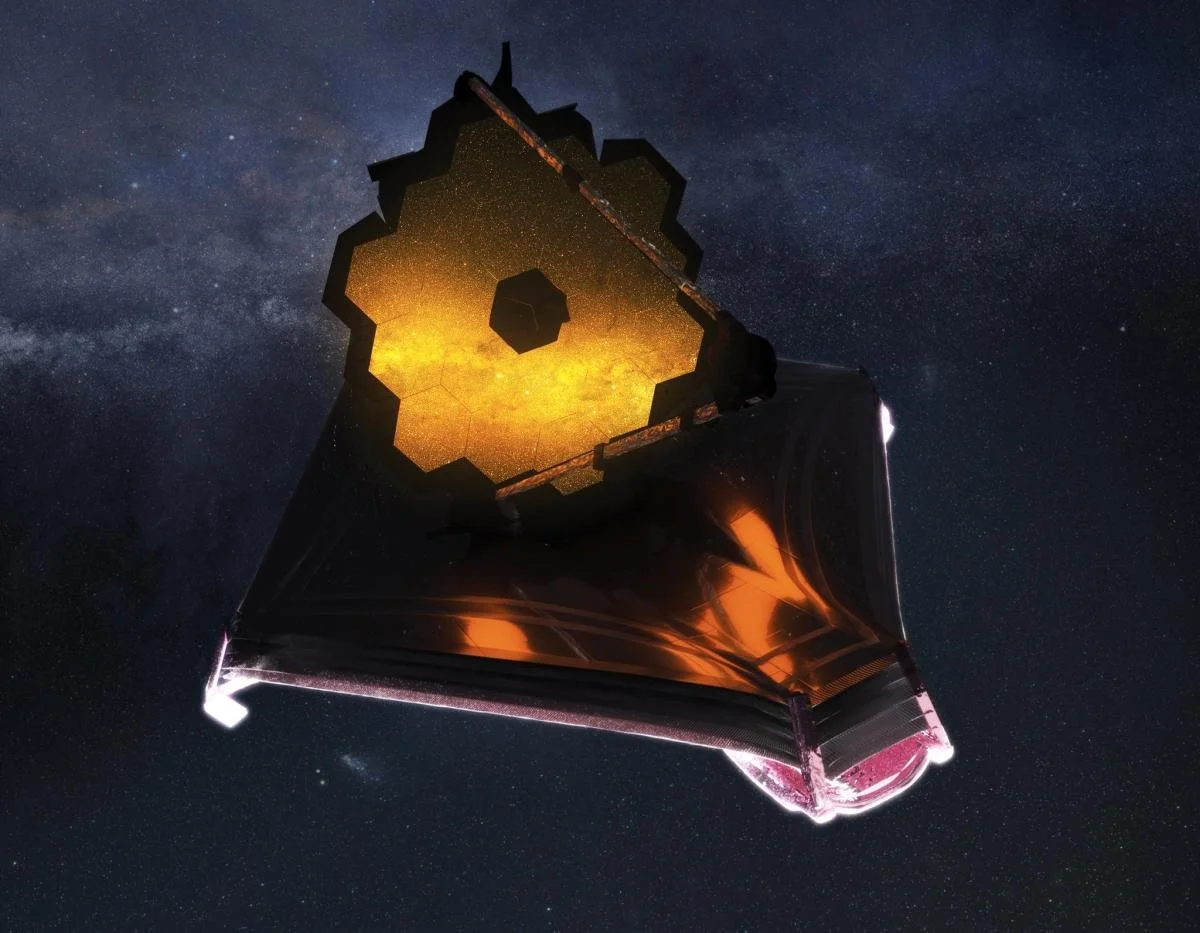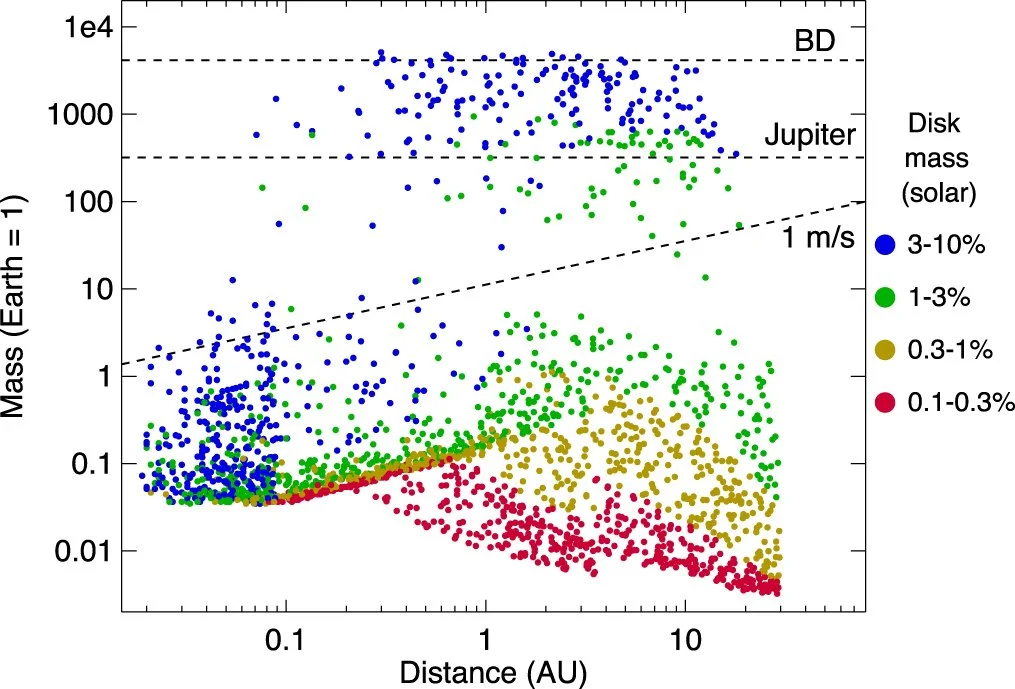A a perfect seasonal gift to astronomers around the world—the James Webb Space Telescope successfully launched on the morning of December 25. This next-generation space telescope will drive a new era of discovery—with capabilities that will complement the upcoming era of extremely large ground-based telescopes, including the Giant Magellan Telescope under construction at Carnegie’s Las Campanas Observatory in Chile.
New publication: Planet formation: an optimized population-synthesis approach
Carnegie-led team wins $1.5 million grant to study atmospheres of the galaxy’s most common exoplanets
Carnegie’s Anat Shahar is the lead investigator on an interdisciplinary, multi-institution research team that this spring was awarded nearly $1.5 million from the Alfred P. Sloan Foundation to understand the chemical makeup of our galaxy’s most common planets with a goal of developing a framework for detecting chemical signatures of life on distant worlds.
TESS mission helps uncover trio of planets with one possibly habitable world
Ground-based observations following up on the discovery of a small planet by NASA’s Transiting Exoplanet Survey Satellite (TESS) revealed two additional planets in the same system, one of which is located far enough from its star to be potentially habitable. These findings were announced in Astronomy & Astrophysics by an international team that included several Carnegie astronomers.
Cometary surprise found inside meteorite
An ancient sliver of the building blocks from which comets formed was discovered encased inside a meteorite like an insect in amber by a Carnegie-led research team. The finding, published by Nature Astronomy, could offer clues to the formation and evolution of our Solar System.
When It Comes To Planetary Habitability, It’s What’s Inside That Counts
Carbon-rich Super-Earths: Constraining Internal Structure from Dynamic Compression Experiments
New publication: Dynamical constraints on Mercury's collisional origin
New publication: What makes a planet habitable?
Diamonds Reveal How Continents Are Stabilized, Key to Earth's Habitability
TESS Finds Its First Earth-Sized Planet
A nearby system hosts the first Earth-sized planet discovered by NASA’s Transiting Exoplanets Survey Satellite, as well as a warm sub-Neptune-sized world, according to a new paper from a team of astronomers that includes Carnegie’s Johanna Teske, Paul Butler, Steve Shectman, Jeff Crane, and Sharon Wang.



